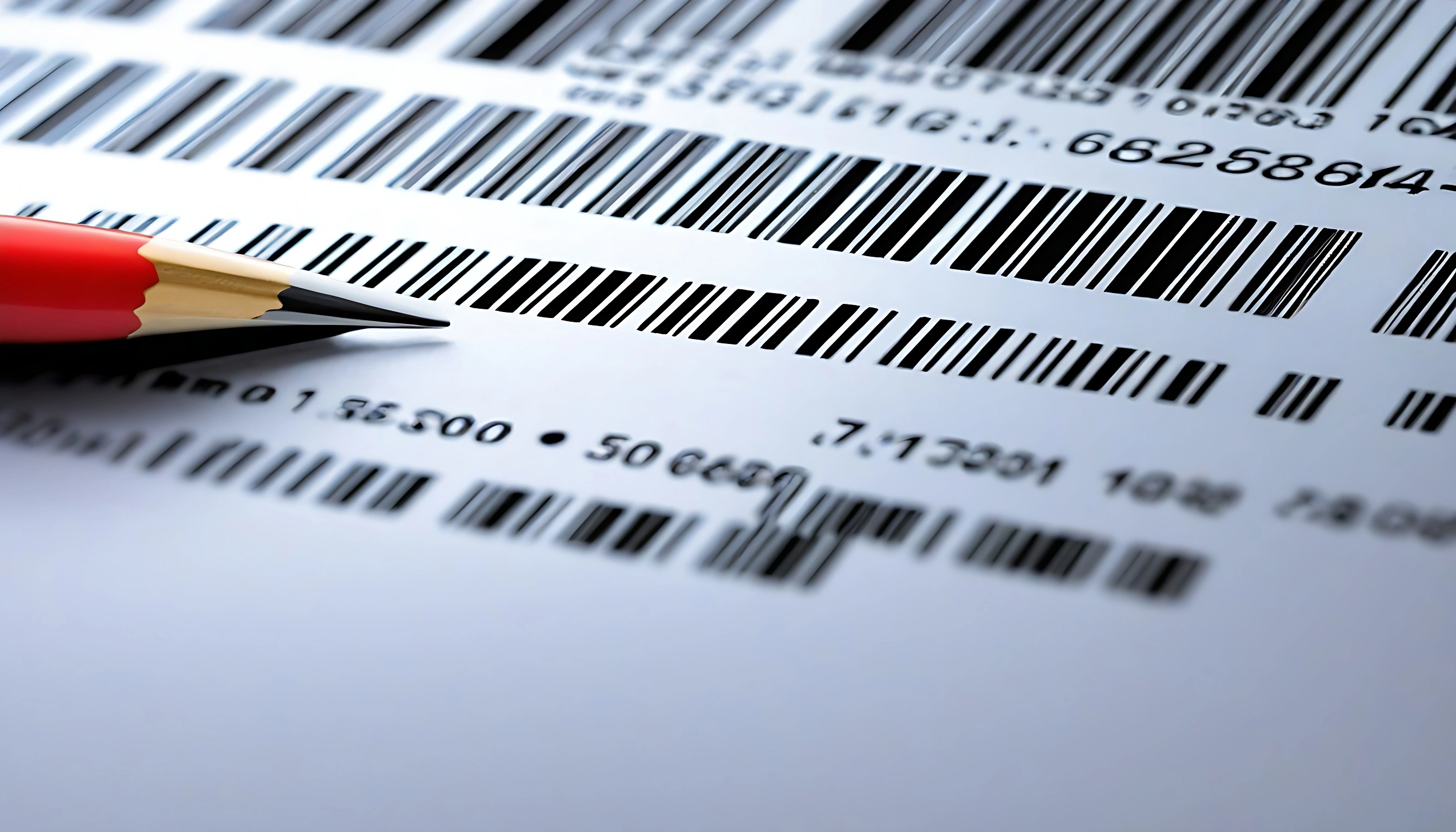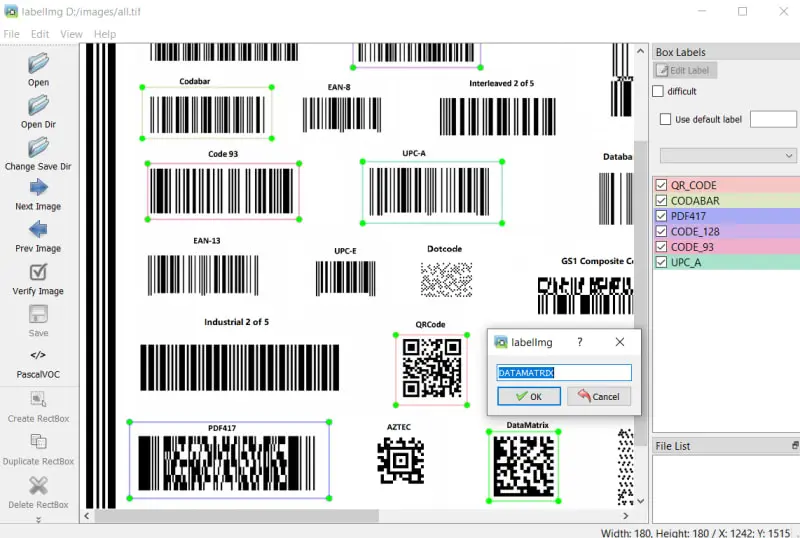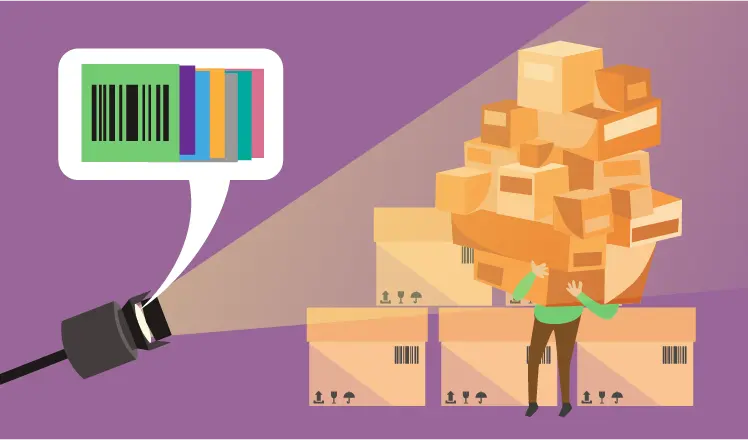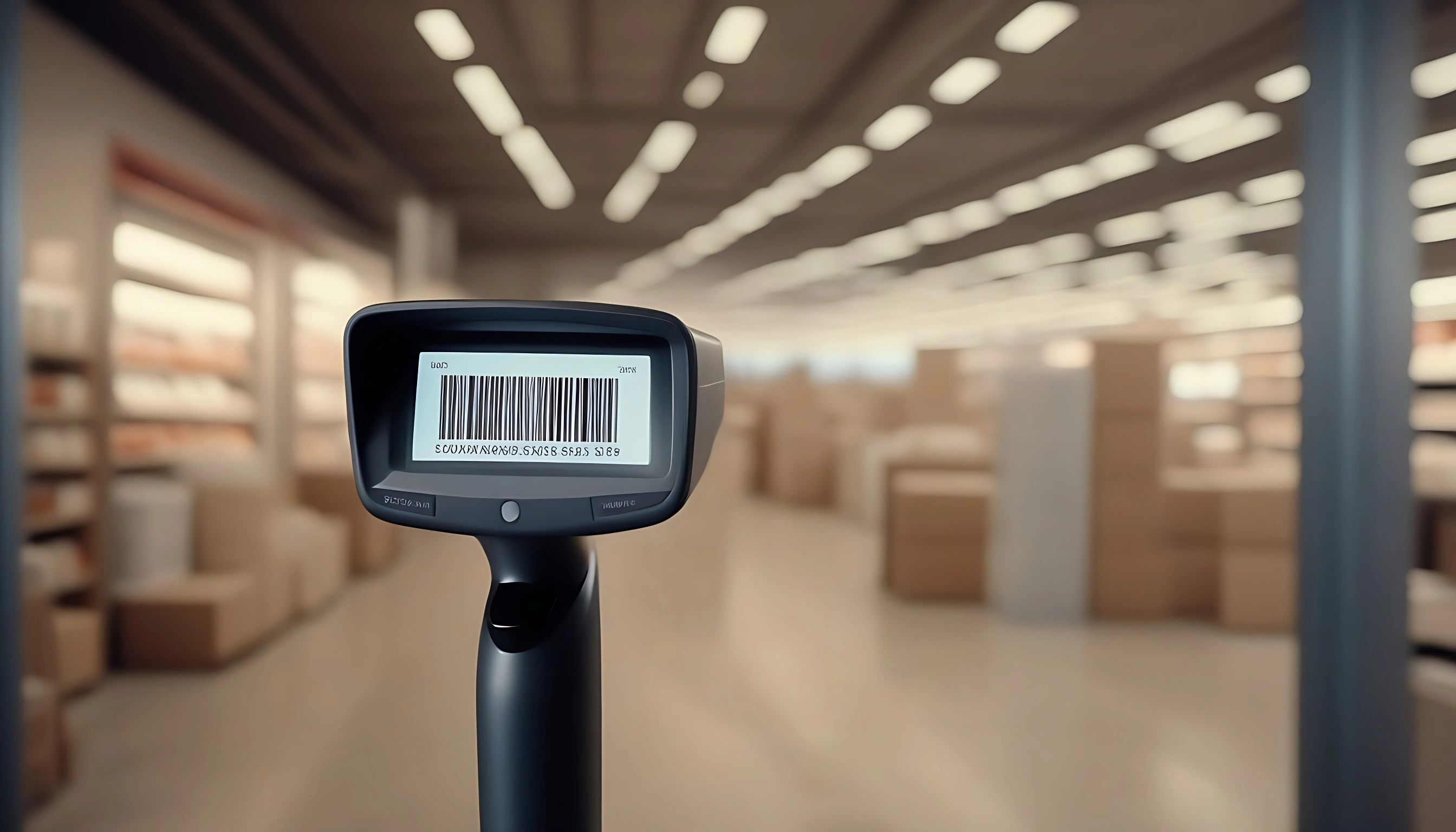Enhancing Automatic Barcode Verification using Computer Vision

Table of Contents
- Introduction
- What is barcode verification?
- Computer vision in barcode verification
- Building Model
- Future Trends
- Conclusion
- Frequently Asked Questions
Introduction
The smooth flow of information and goods is crucial in the fast-paced world of modern industries. Barcodes are the silent operators that coordinate this complex dance between production lines and shop shelves. But the dependability of these minuscule, pixelated data carriers is not dependent on luck. Welcome to the world of barcode verification, an exact procedure made possible by innovative technology and industry standards.
This article delves deeply into how important it is to maintaining the compatibility and accuracy requirements for both 1-D and 2-D barcodes. Come along for a voyage into the core of barcode technology and learn about the subtle implementation techniques that open doors to dependable data and smooth operations across sectors.
What is barcode verification?
Barcode verification is the process of using precise instruments to evaluate and grade the quality of both 1-D and 2-D barcodes. This process is guided by industry standards set by associations such as ANSI/ISO, GS1, and HIBCC, which guarantee compatibility and dependability among various printing and scanning equipment. The objective is to give businesses and individuals access to a reliable and consistent barcode system, with verifiers rating compliance with quality standards.

Computer vision in barcode verification
Computer vision appears as a game-changer in the field of barcode verification, transforming the accuracy and effectiveness of the procedure. By utilising sophisticated algorithms, computer vision surpasses the constraints of conventional techniques and guarantees accurate decoding of 1-D and 2-D barcodes. With the help of deep learning models, such as YOLO and EfficientDet, barcode recognition becomes more reliable and accurate. Applications in the real world demonstrate how versatile computer vision is across a range of industries, paving the way for a creative and trustworthy future in barcode verification.

Let's examine the procedures involved in barcode verification.
Building Model
Data Collection
The procedure for acquiring data entails compiling an extensive collection of pictures with 1-D and 2-D barcodes under diverse circumstances. It is crucial to remember things like the requirement for a balanced dataset that includes diverse barcode scenarios, various goods and industries, high-quality images, varied environments, and scenarios involving barcode degradation.
For gathering data, there are several websites that one can visit, such as Kaggle,UC Irvine Machine Learning Repository,Dataset Search etc.
Data preprocessing
In order to prepare data for barcode verification, images must be resized and normalised, diversity augmentation must be applied, and labels must be numerically encoded. In addition to handling class imbalances and ensuring standardised input for machine learning, the procedure also incorporates quality control checks for the best possible model training. Reproducibility and troubleshooting depend heavily on versioning and documentation.
Data Annotation
Label the dataset by annotating images with bounding boxes or segmentation masks indicating the location and extent of defects or components using tools like Labellerr.

Model Selection and Architecture
The particular requirements of the application determine which model should be used. It is advised to use YOLO (You Only Look Once) for efficient real-time processing, which makes it appropriate for situations involving live video feeds. On the other hand, EfficientDet provides versatility in a range of scenarios by balancing computing economy and accuracy. With its emphasis on object centre prediction, CenterNet can be useful for accurate barcode localization. The decision should take into account elements like speed, accuracy, and resource limitations, customising the choices to the particular requirements of the barcode verification application.
Model Training
TensorFlow or PyTorch are some illustrations of deep learning libraries that can be used to implement the chosen model architecture. Make use of bounding box-labeled annotated datasets for barcode images, and implement stochastic gradient descent optimisation methods. In order to reduce errors in defect identification and classification, fine-tune the model using loss functions such as mean squared error or cross-entropy.
Testing
To precisely assess real-world performance, test the trained model on a different dataset. Once satisfied, use the model in your intended application to verify barcodes.
Integration and Deployment
Integrate the trained model into a software system, considering hardware requirements like cameras, sensors, or processing units.

Develop an interface allowing users to input images or videos for inspection and visualize the results.
Monitoring and Maintenance
Make sure AI models are operating at their best by putting rigorous maintenance and monitoring procedures in place. Monitor performance indicators in the real world to evaluate efficacy and to ensure that the model is updated with new data on a regular basis to provide smooth adjustment to changing conditions.
Future Trends

Integration with Augmented Reality (AR) and IoT
Enhancing user experiences and operational efficiency, the integration of barcode verification with augmented reality and Internet of Things (IoT) technologies will yield seamless and context-aware solutions.
Enhanced Security Measures
Raising security standards in critical applications like healthcare and finance would be facilitated by the implementation of advanced security mechanisms like biometric authentication along with barcode verification.
Edge Computing for Real-time Processing
Barcode verification systems will have the ability to process data in real time locally as edge computing develops, which will lower latency and improve application responsiveness across a range of sectors.
Conclusion
Model selection, training, and evaluation must be carefully considered for the crucial application of barcode verification. The robustness and dependability of the model are ensured by the focus on hyperparameter tweaking and validation metrics. Thorough testing on different datasets yields an accurate evaluation that directs the trained model's confident deployment for barcode verification. All things considered, the successful integration of deep learning techniques in barcode verification systems depends on the convergence of model selection, rigorous training, and careful evaluation.
Frequently Asked Questions
Q1.Can barcode scanning be automated?
Automated solutions such as fixed cameras and robots that read barcodes are opening up new possibilities for process automation. It's critical to confirm that the barcode scan success rate satisfies the requirements for any new automated scanning solution before implementing it.
Q2.How is barcode used in automatic control system?
Scannable barcodes on items are the basis of automated inventory systems. The barcode is scanned with a barcode scanner, and the machine decodes the data it contains. Following then, a central computer system keeps track of this data.
Book our demo with one of our product specialist
Book a Demo
